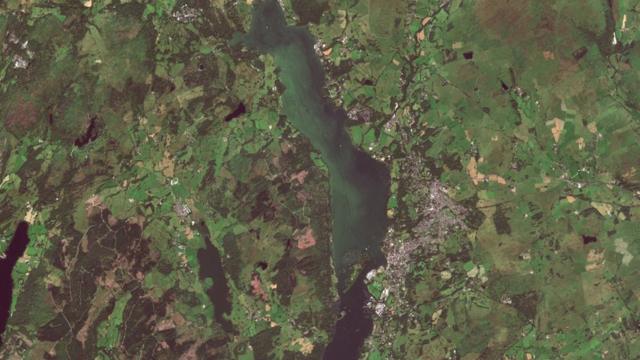Researchers have identified a concerning trend at one of Britain’s picturesque lakes, attributing its green hue to a surge in visitor numbers.
Funded by the UK space agency, a report suggests a correlation between peak tourist seasons and algal blooms at Windermere in the Lake District. These blooms, caused by warm temperatures and nutrient influx, transform the water into a toxic green.
Campaigners suspect that sewage discharges, despite being treated, contribute to the nutrient-rich environment. United Utilities, the local water company, insists that its wastewater treatment plants can handle the influx of tourists.
Windermere, England’s largest lake and a popular tourist destination, has seen its usually clear waters turn green in recent years due to algal blooms, particularly in the summer months. These blooms, characterized by rapid algae growth, deplete oxygen levels in the water, posing a threat to aquatic life.
Richard Flemmings from Map Impact, an environmental data company, sought to understand the cause behind these blooms. By analyzing satellite images and mobile phone data, they discovered a significant correlation between visitor numbers and chlorophyll levels in the lake. Chlorophyll, responsible for the green color of plants, serves as an indicator of algal concentration.
While warmer temperatures are a primary driver of algal blooms, sewage discharges containing phosphorus—a key nutrient for blooming—also contribute to the problem. Studies suggest that over half of Windermere’s phosphorus comes from sewage sources.
Matt Staniek from the Save Windermere campaign highlights the role of treated sewage discharges, advocating for a complete diversion of sewage away from the lake. United Utilities, however, maintains that their treatment plants meet high standards and deny any connection between their effluent and the blooms.
Local businesses, recognizing the potential economic impact of a deteriorating lake, are rallying behind efforts to improve sewage treatment infrastructure. They stress the importance of sustainable growth while ensuring proper waste management practices.
As Windermere grapples with its green waters, the debate continues on how best to balance tourism with environmental preservation.















































